Forms for permits regarding Land Use
| Complete Document Name | Short Name | |
| Clearing and Grading Permit Application | Short Form | Get form |
| Environmental Impact Assessment Short Form | EIA Short Form | Get form |
| Sand, Soil and Aggregate Importation Form | Short Form | Get form |
Information about Specific Permits
Clearing, Grubbing, Grading and Stockpiling Permits
Issued by Department of Public Works with Guam EPA review – Permits are required any time a alteration is made to Guam’s environment. This includes clearing an area, grading or stockpiling debris. Applications for a cclearing, grubbing, grading or stockpiling permit can be acquired at the Department of Public Works One Stop Center in Upper Tumon. The permit application, along with the Environmental Protection Plan and Erosion Control Plan, is then reviewed by Guam EPA. After Guam EPA is satisfied with the proposals, the permit application is returned to DPW for permit issuance. Please note – Federal projects must apply for this clearance directly at Guam EPA.
If the proposed project is one acre or larger, the permit applicant must have a Stormwater Protection Plan (SWPP) and a Notice of Intent (NOI) from U.S. EPA. The form for this can be found here and must be submitted to Guam EPA.
Environmental Protection Plans (EPP)
Environmental Protection Plans (EPPs) are required for most clearing, grading and marine related construction work. The EPP should be developed by a professional engineer who will be ensure its implementation. EPP’s describe the proposed construction work including all methods of manual and mechanical work and potential environmental impacts or problems that may be encountered. The EPP should also include the environmental protection measures that will be employed to reduce, minimize, or eliminate impacts or problems. EPP’s may include erosion and sedimentation control, vegetation, wildlife, and coral/marine resource protection measures, fugitive dust control, solid and hazardous waste management and disposal procedures, personnel safety procedures, work site maintenance, and typhoon contingency plans. For more information about EPPs, contact the Water Pollution Control Program.
Erosion Control Plan
Guam EPA also reviews Erosion Control Permits as part of the Clearing and Grading permit process. The Agency takes the lead review and approval responsibility for these plans. These plans are aimed at protecting the water quality of the closest body of water, fresh or marine.
Environmental Impact Assessment/Statement (EIA/EIS)
Environmental Impact Assessments (EIAs) are required for all zone change, variance, wetland, seashore, golf course (conditional use) type permits submitted to the Guam Land Use Commission and Seashore Protection Commissions (GLUC/TSPC). Environmental Impact Statements (EIS) may be required if anticipated impacts will cause the significant loss, damage or degradation of resources. These plans require comprehensive mitigation plans. EIAs may be required for other significant development proposals on a case by case basis, outside the scope of the Executive Order, by the Administrator.
Federal Actions – The federal government must conduct EIA/EIS documentation for certain federal actions including new construction, transfer or change in use of federal lands and for most federally financed programs and projects. Additionally, copies of the National Environmental Policy Act of 1969, which mandates assessments for all federal programs and activities, are by contacting us.
Minimum Lot Size
Guam EPA’s land use policy sets lot size standards if no public sewer is available and the lot is located over the Groundwater Protection Zone. Minimum lot sizes and densities applicable to all zoning designations can be provided by contacting our Water Pollution Control Program.
Feedlot Construction and Operating Permit
Livestock operators and farmers who raise and produce swine, poultry, and other animals in commercial quantities may be required to obtain a Feedlot Construction and Operating Permit to ensure the facility is in compliance with feedlot operations regulations for the control, treatment and proper disposal of animal wastes. Large quantities of animal waste, if not contained and treated properly may pose unacceptable risks to both surface and groundwater supplies. Commercial feedlot operations are required to submit site plans of the facility for which a permit is sought as well as detailed plans of the waste management system and operational procedures. The feedlot regulations are part of the Water Pollution Control and Water Resources Management Programs.
Minimum numbers of animals and the number of animals per unit of land (density) will generally dictate whether or not a given operation is subject to the regulations.
Wetland Development/Identification
Wetlands are protected and REQUIRE special identification, delineation and permitting prior to development. Both the federal and local governments play important roles in wetland permitting and protection. All federal identification, protection, and permitting (enforcement) concerns should be referred to the U.S. Army Corps of Engineers, Guam Office. The Guam Department of Agriculture (DAWR), Department of Land Management, Bureau of Planning and Guam EPA are involved in local wetland protection and permitting. Field Wetland Identification services may be provided by the Guam Department of Agriculture and Guam EPA to a limited extent in that preliminary determination and guidance is offered. The Agency provides this service based on the special circumstances and primarily for enforcement and compliance purposes. Farmers are encouraged to consult with the USDA Natural Resources Conservation Service for technical guidance and advice. The official Wetland Inventory Map for Guam and local regulations on wetland protection are available for review at most of the above mentioned agencies.
Sand, Soil, and Aggregate Importation
Various landscaping, golf course, and resort businesses have imported sand and other quarried products from abroad for decorative landscaping and construction uses. These materials are subject to inspection and certain requirements. The primary clearance agency is the Guam Department of Agriculture which issues an Importation Permit; however, Guam EPA through its laboratory analysis capabilities assumes a significant role in the clearance process.
All sand and aggregate material imported must be accompanied by official records indicating chemical composition, pest-free certification, treatment certificate, and certificate of origin. Treatment (disinfection) must be conducted at the point of origin. The Agency will deny clearance of this material from Customs if treatment cannot be authenticated or if any of the required documentation outlined above is not in order.
These rules are intended to eliminate the introduction of foreign and potentially ecologically devastating micro bacteria and pathogens from establishing populations in Guam. The rules require certain minimum standards for disinfection per quantity of material and may be subject to inspection, sampling and laboratory verification in Guam.
Individuals who desire to import sand and aggregate material are advised to consult with Guam EPA or the Guam Department of Agriculture before committing to off-island purchase and shipment. For more information and a copy of the rules, interested individuals may contact the Agency’s Environmental Monitoring and Analytical Services Division or the Guam Department of Agriculture.
Links to Guam EPA laws
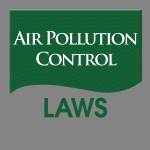 |
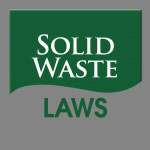 |
 |
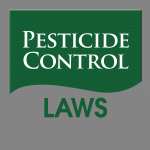 |
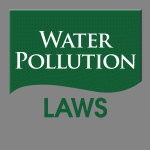 |
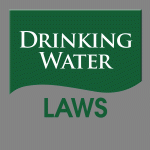 |
 |
Links to Guam EPA regulations
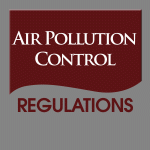 |
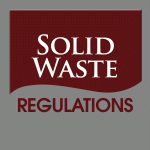 |
 |
 |
 |
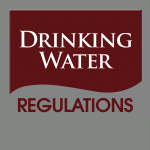 |
 |
Links to Guam EPA permits
 |
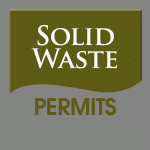 |
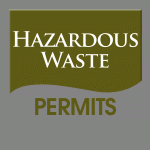 |
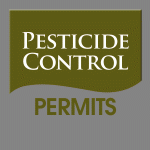 |
 |
 |
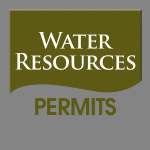 |
